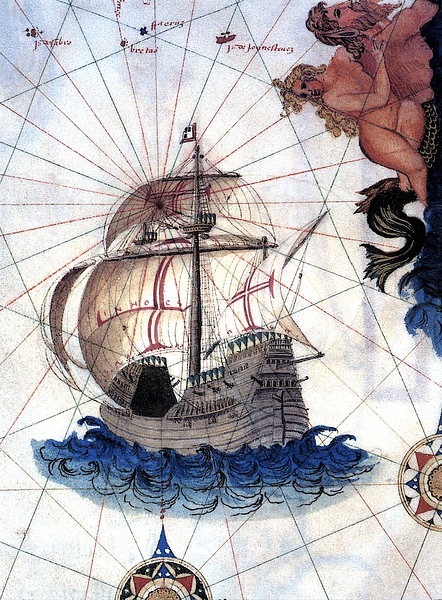

Xi stood beside President Barack Obama in the Rose Garden and promised not to militarize artificial islands it has built farther south in the Spratlys archipelago. When two American warships - the Higgins, a destroyer, and the Antietam, a cruiser - sailed within a few miles of disputed islands in the Paracels in May, Chinese vessels rushed to challenge what Beijing later denounced as “a provocative act.” China did the same to three Australian ships passing through the South China Sea in April. The Ministry of National Defense said they were the largest since the People’s Republic of China was founded in 1949.Įven as the United States wages a trade war against China, Chinese warships and aircraft have picked up the pace of operations in the waters off Japan, Taiwan, and the islands, shoals and reefs it has claimed in the South China Sea over the objections of Vietnam and the Philippines. “The task of building a powerful navy has never been as urgent as it is today,” President Xi Jinping declared in April as he presided over a naval procession off the southern Chinese island of Hainan that opened exercises involving 48 ships and submarines. Though the American fleet remains superior qualitatively, it is spread much thinner. Last year, the Chinese Navy became the world’s largest, with more warships and submarines than the United States, and it continues to build new ships at a stunning rate. “There is no guarantee that the United States would win a future conflict with China,” he concluded. He described China as a “peer competitor” gaining on the United States not by matching its forces weapon by weapon but by building critical “asymmetrical capabilities,” including with anti-ship missiles and in submarine warfare. Davidson, acknowledged in written remarks submitted during his Senate confirmation process in March. This book provides an investigation into its development, expansion, and eventual destruction.“China is now capable of controlling the South China Sea in all scenarios short of war with the United States,” the new commander of the United States Indo-Pacific Command, Adm. The creation of the Japanese empire is one of the most remarkable exploits of the twentieth century. Japan's aims were influenced by its experience of western imperialism and its own growing industrialization, but as external circumstances changed and Japan's capacity grew, so did its needs and ambitions. Japan is the only Asian country in modern times to have built both a successful industrial economy and an empire, and it is the author's contention that these two phenomena are closely related. This is a study of the origins and nature of Japanese imperialism, from the Sino-Japanese war of 1894–5 through to 1945. The creation of the Japanese empire is one of the most remarkable exploits of t.




 0 kommentar(er)
0 kommentar(er)
